Презентация period

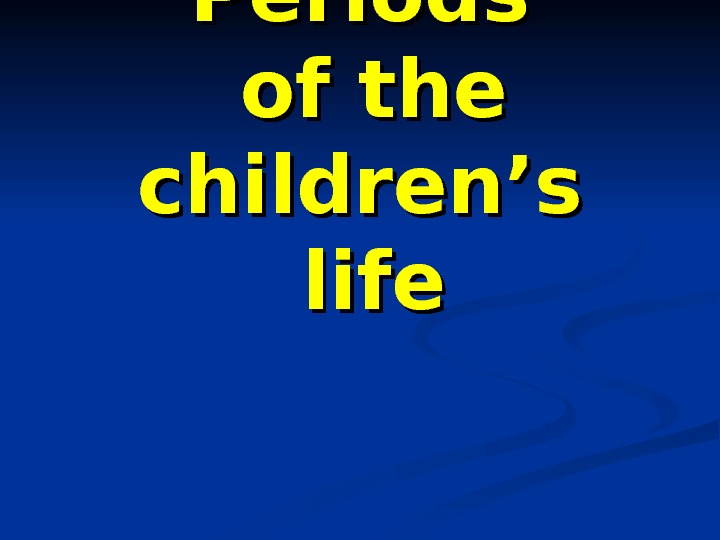
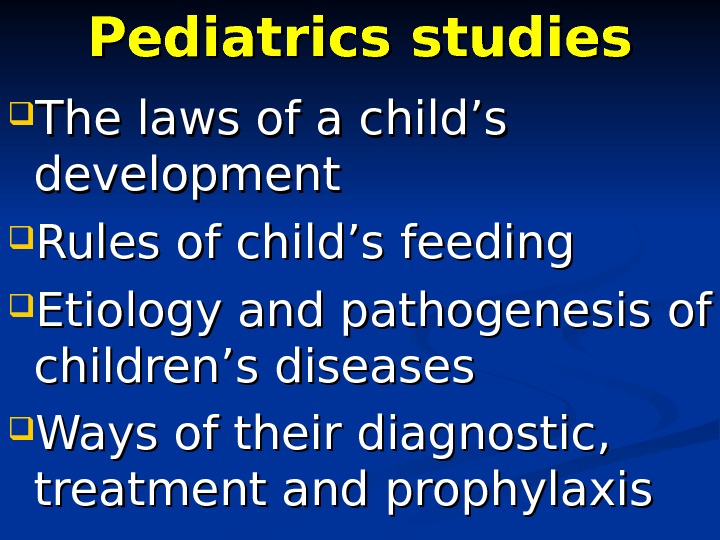
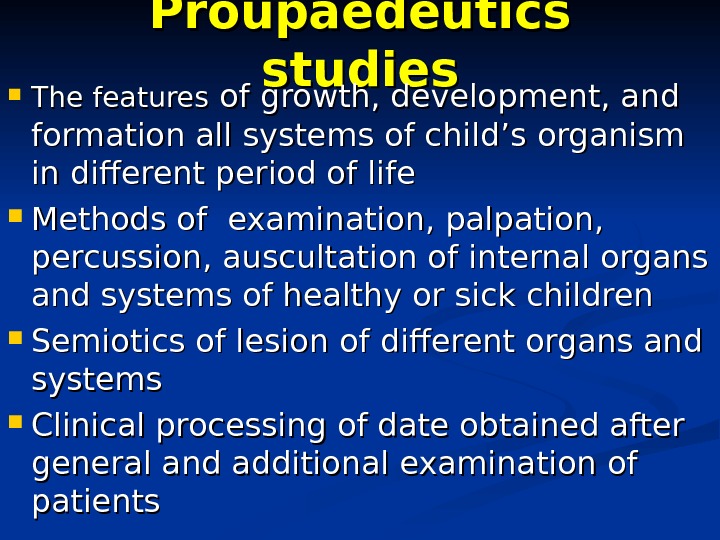
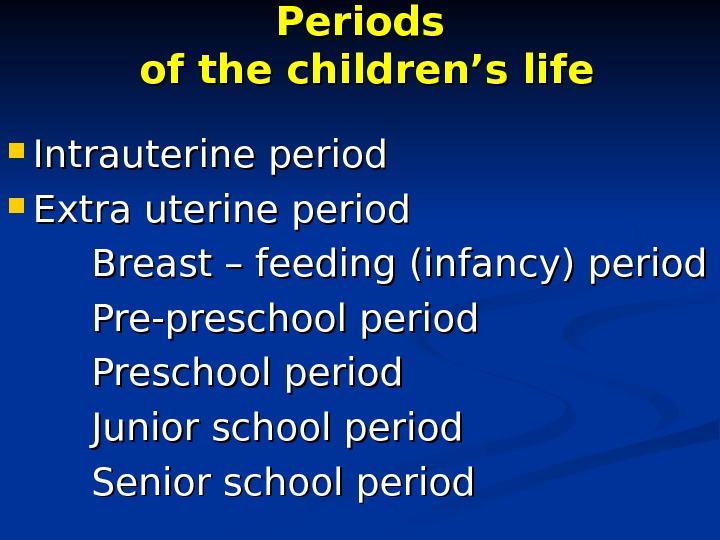
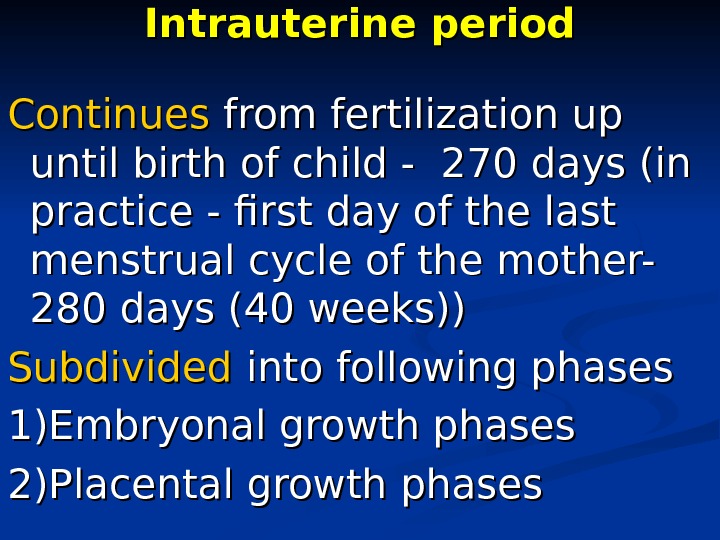


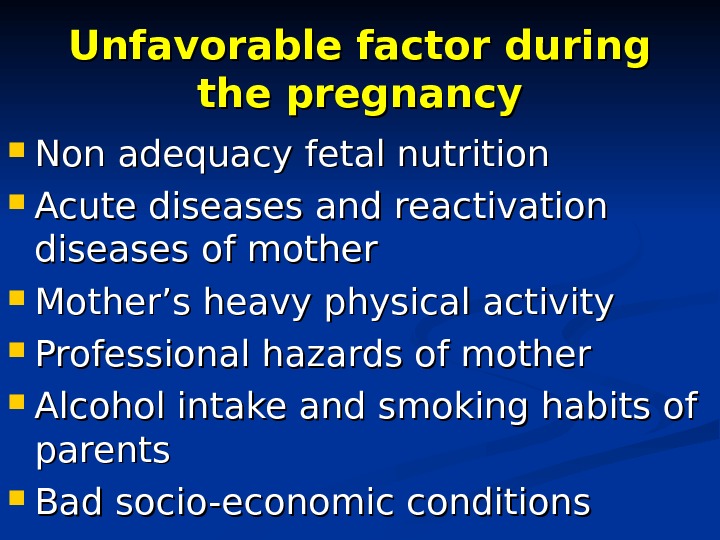
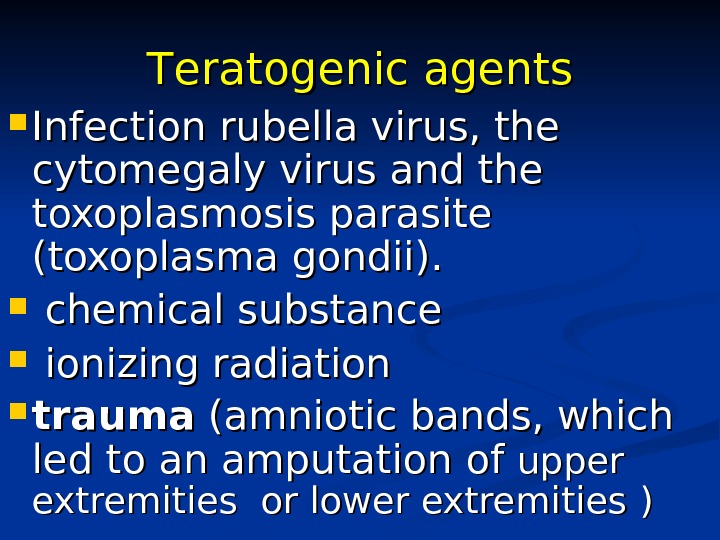
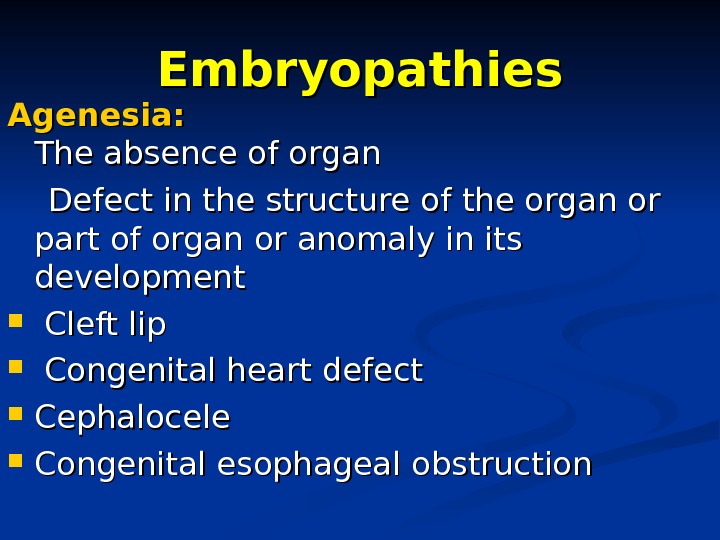
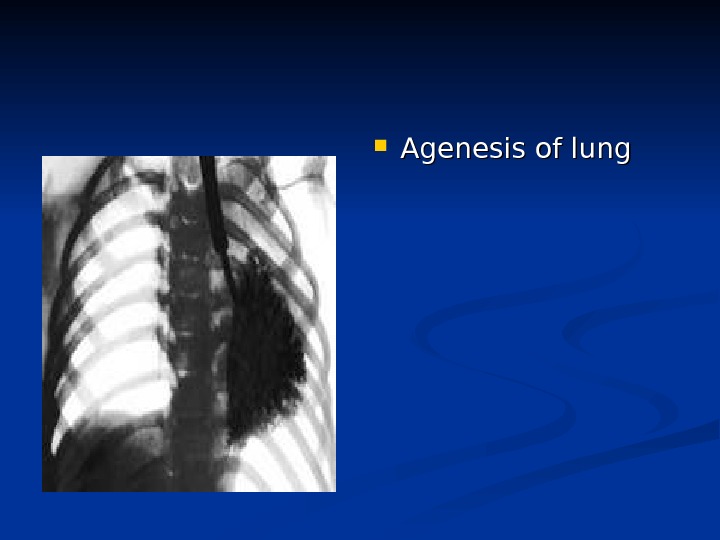

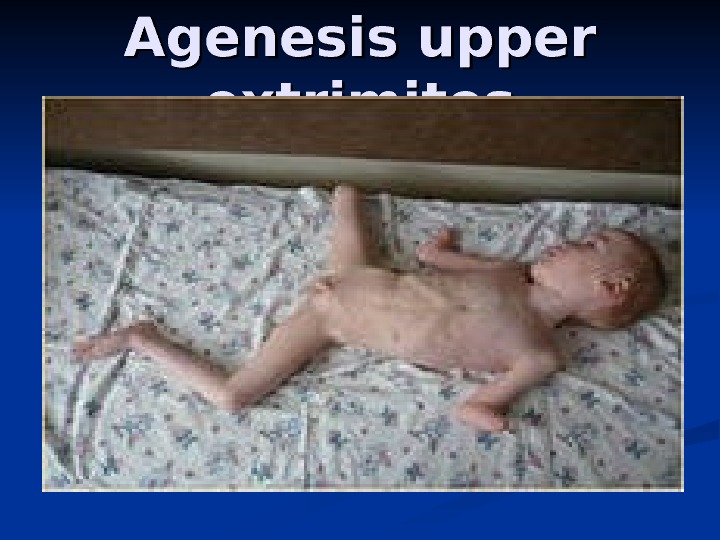
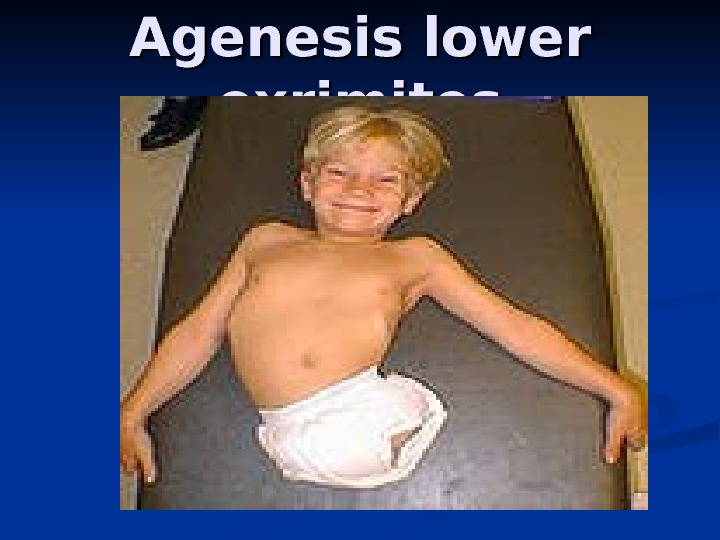
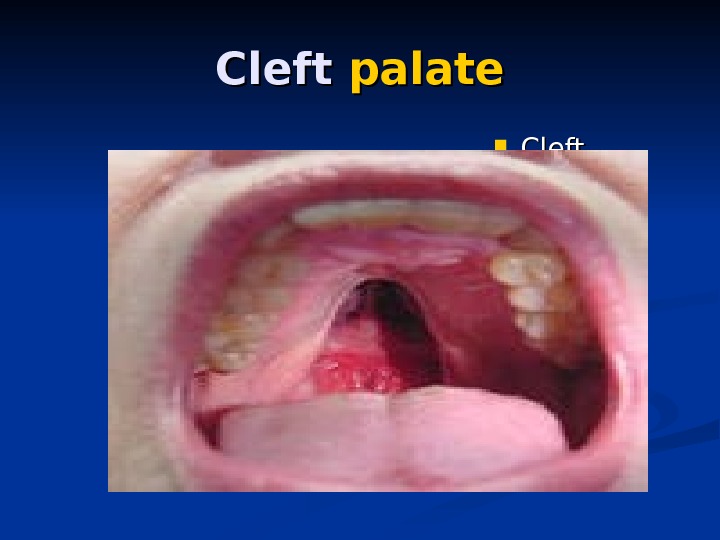
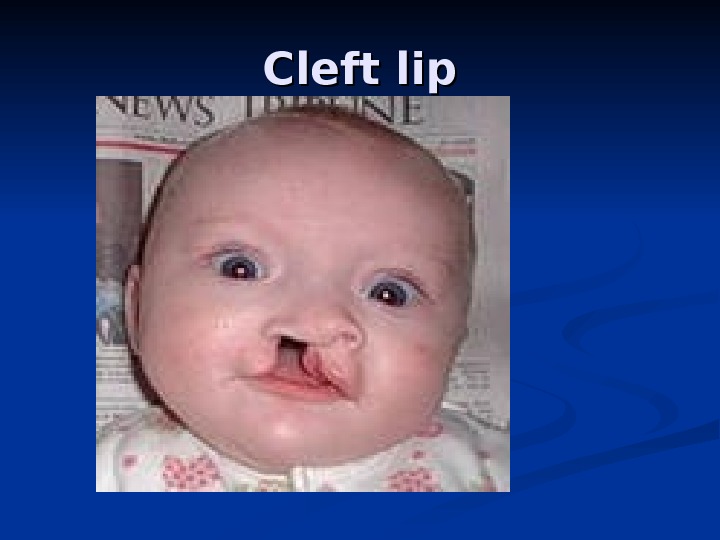
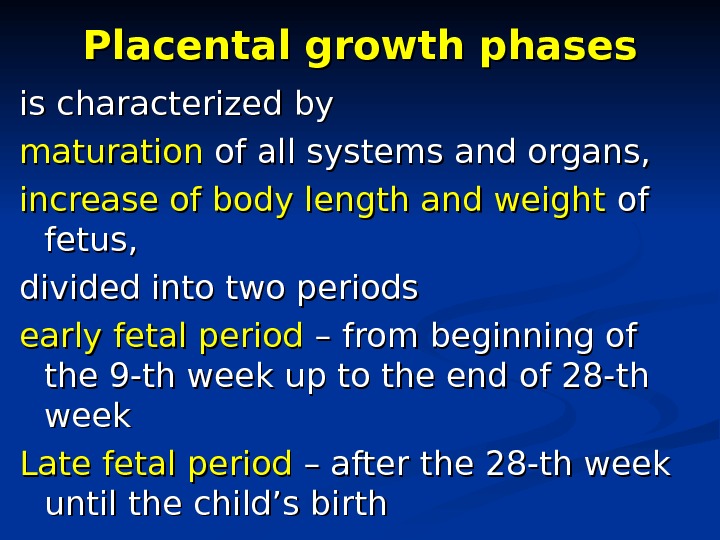
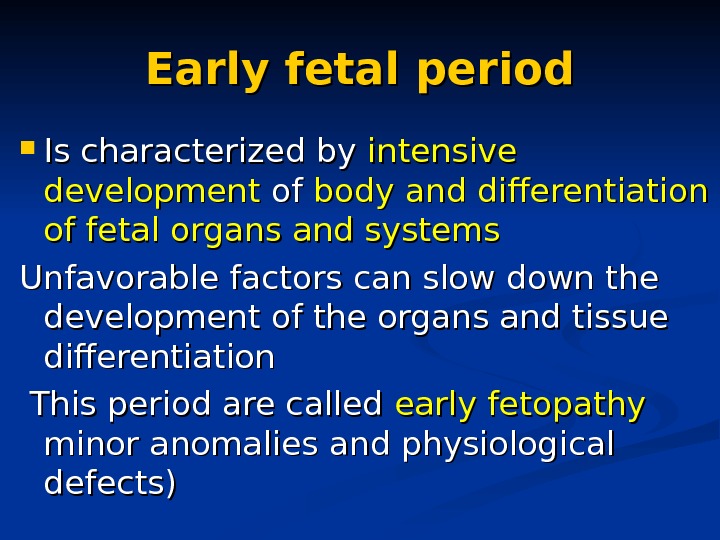
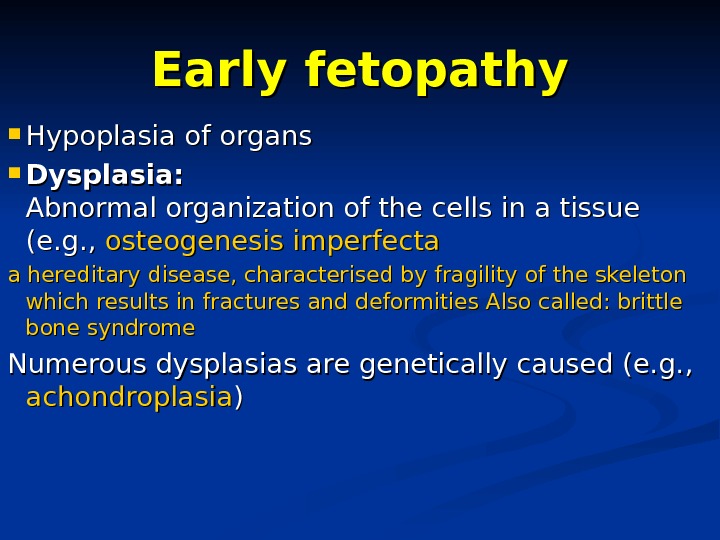
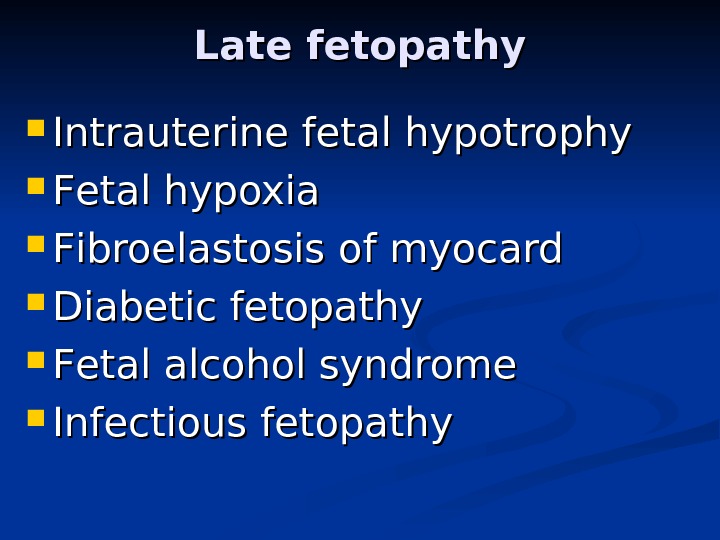
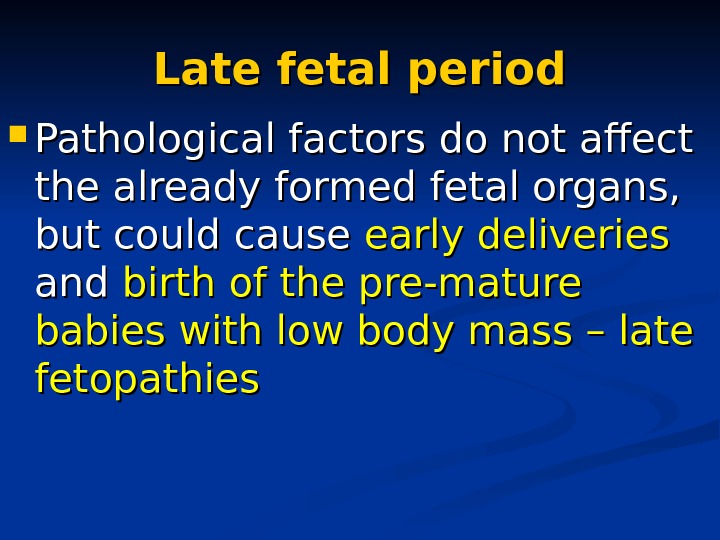

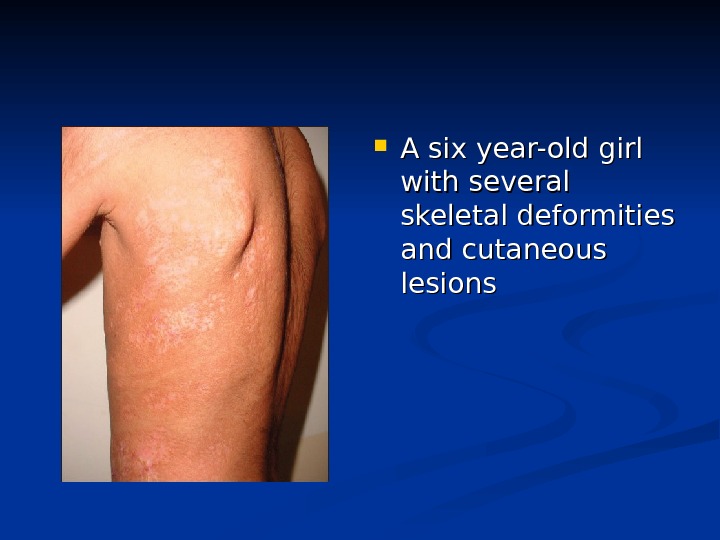
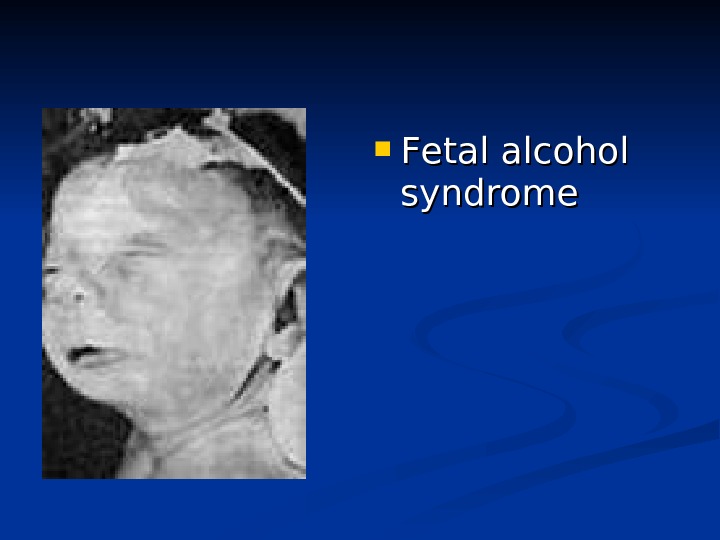
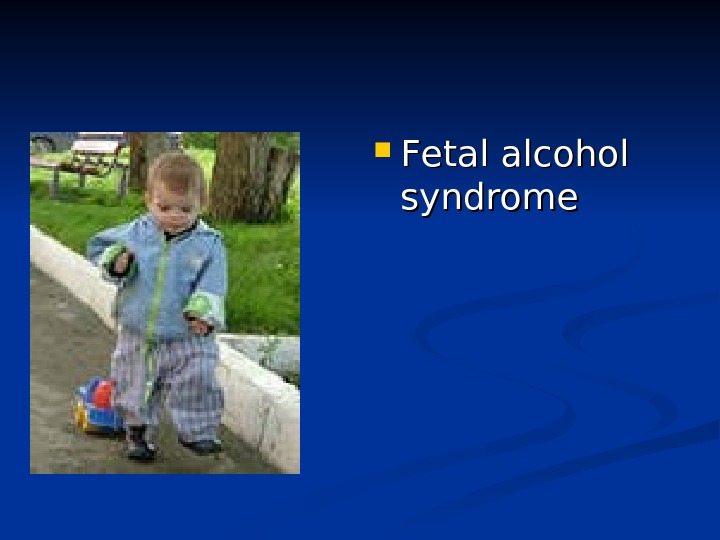
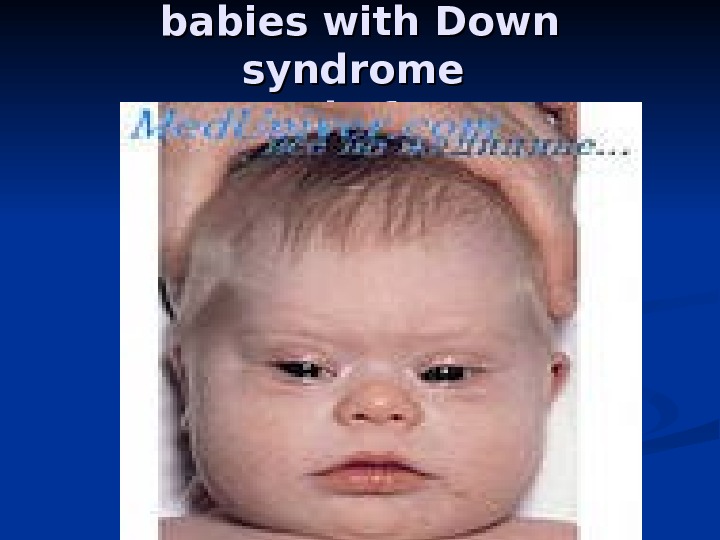
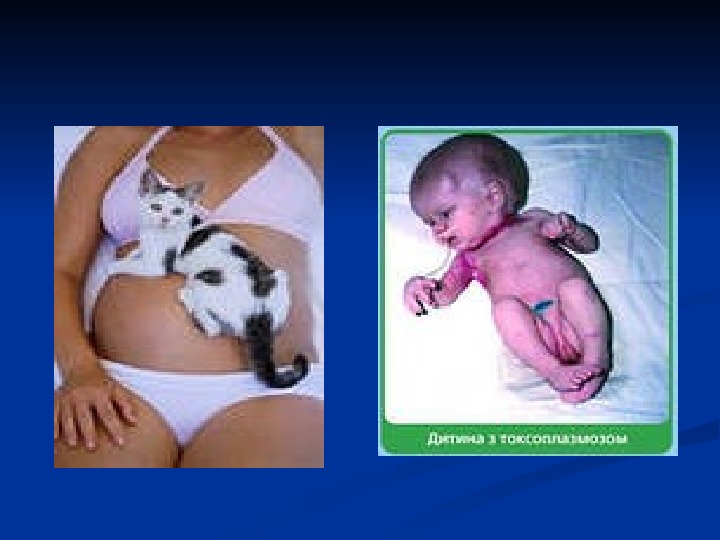
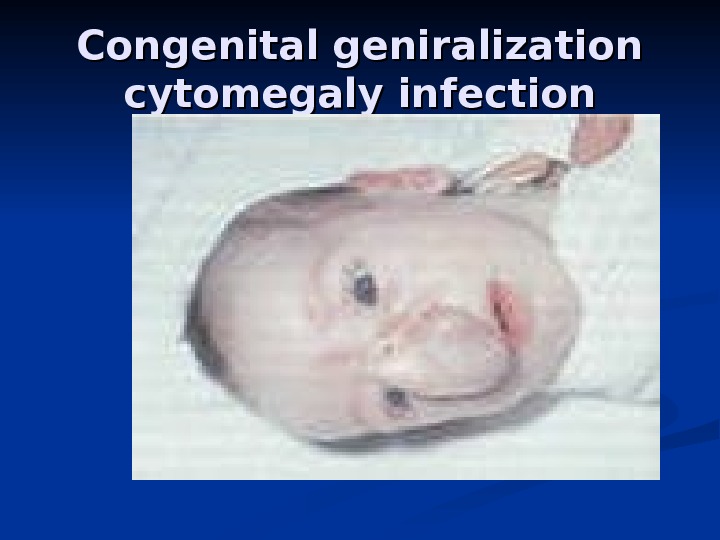
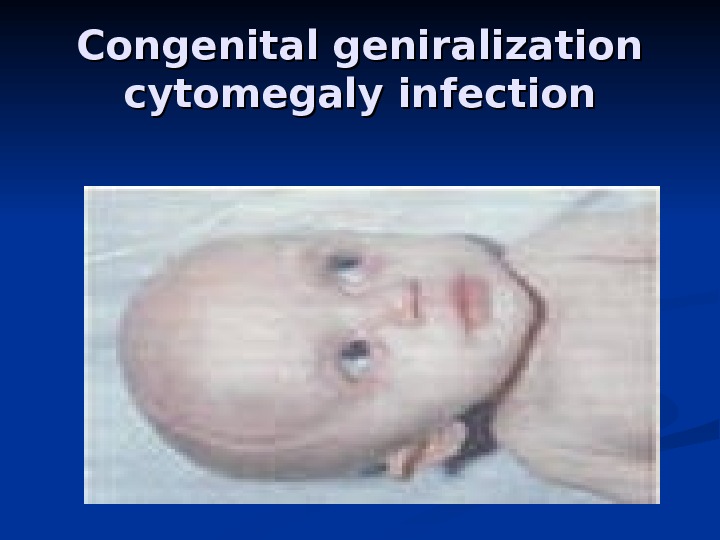


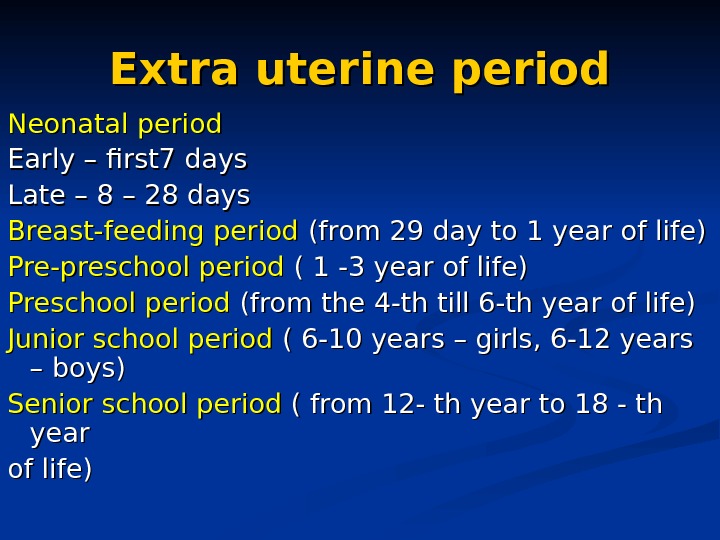
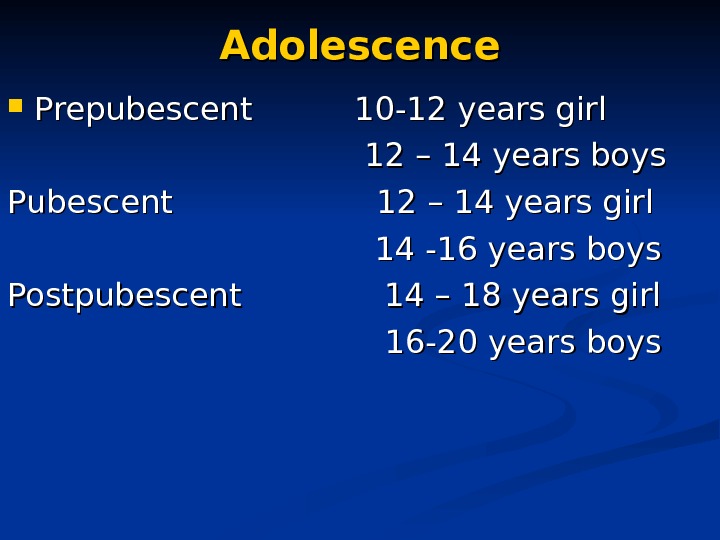
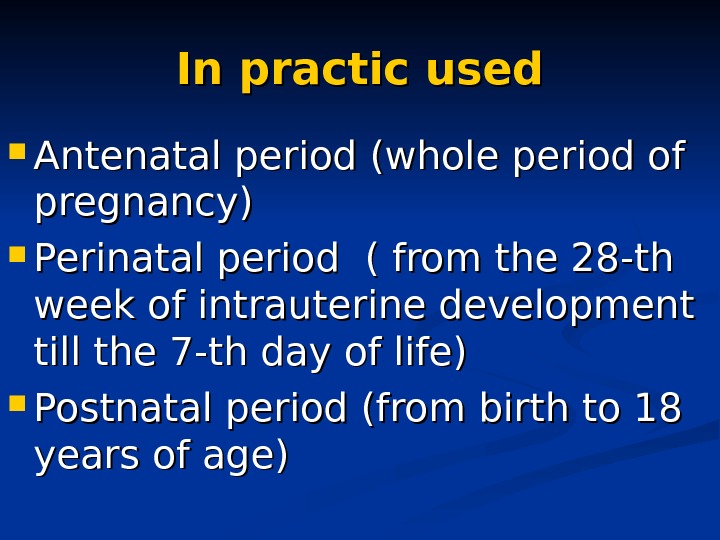

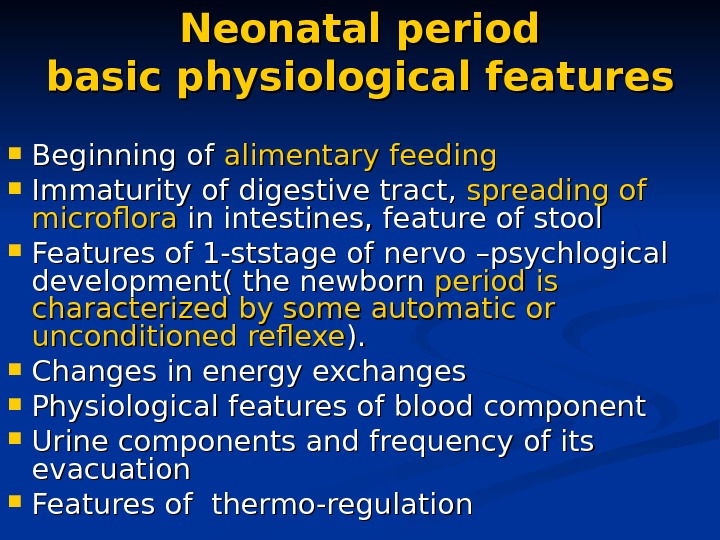
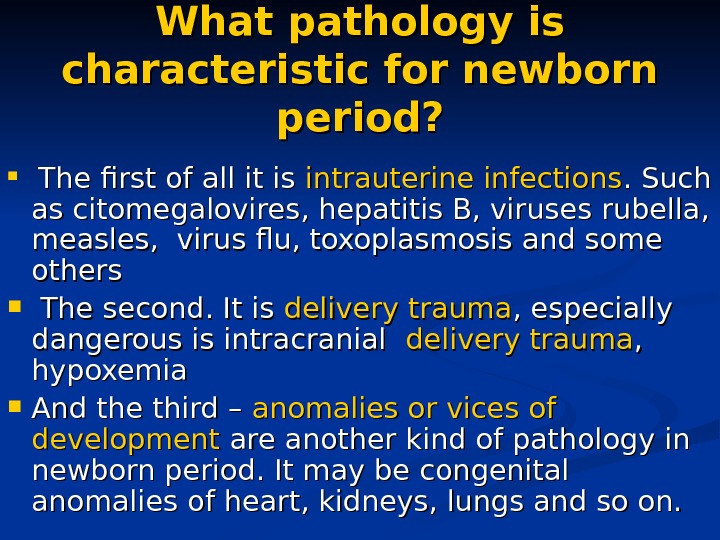
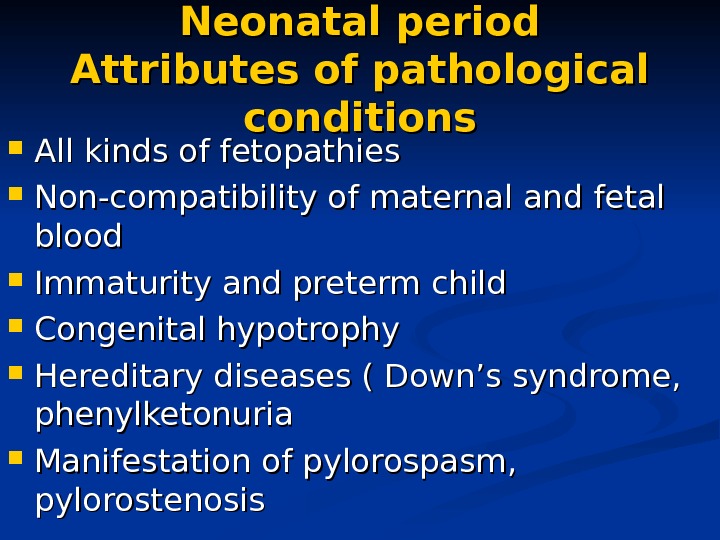

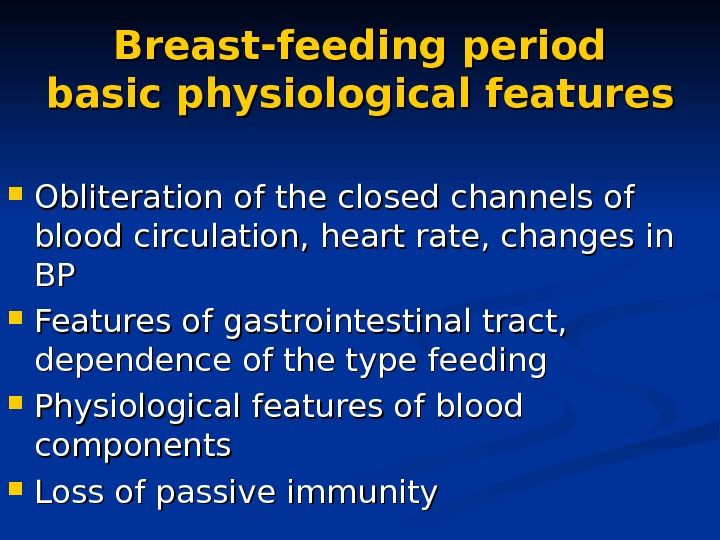
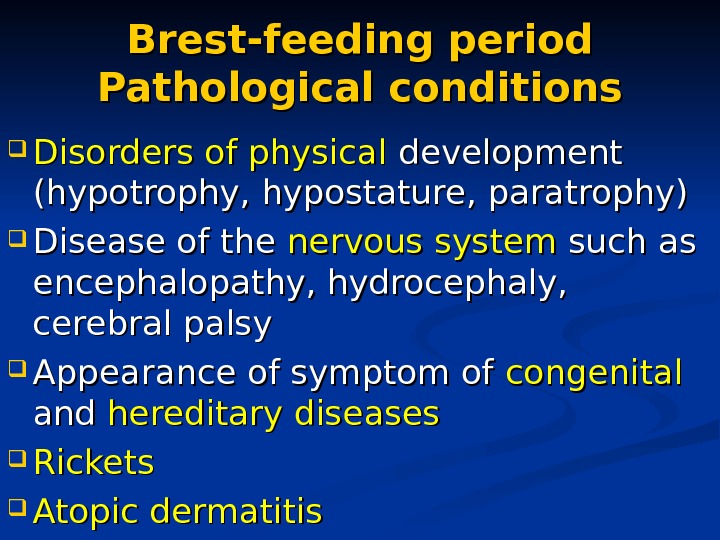
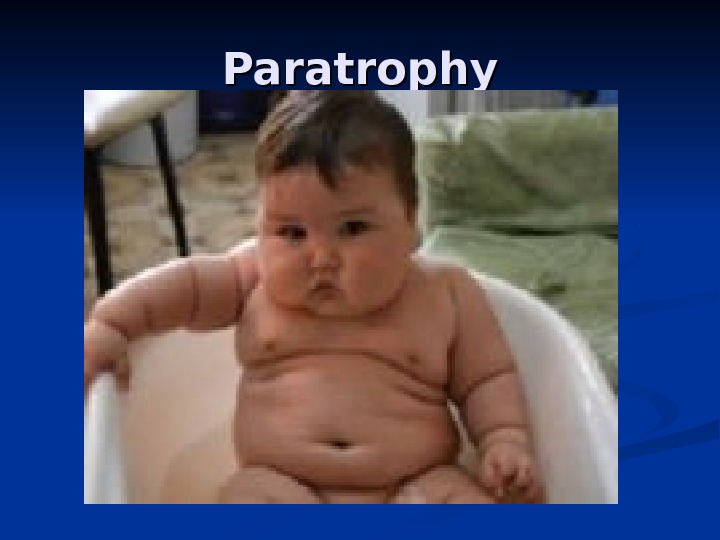
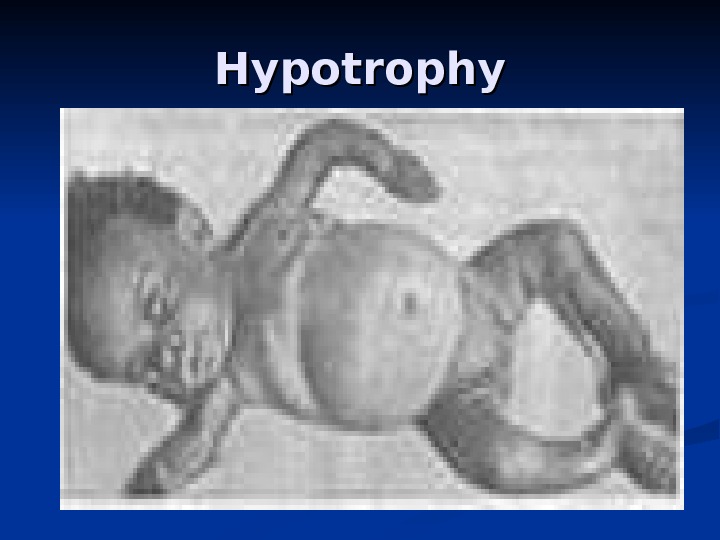

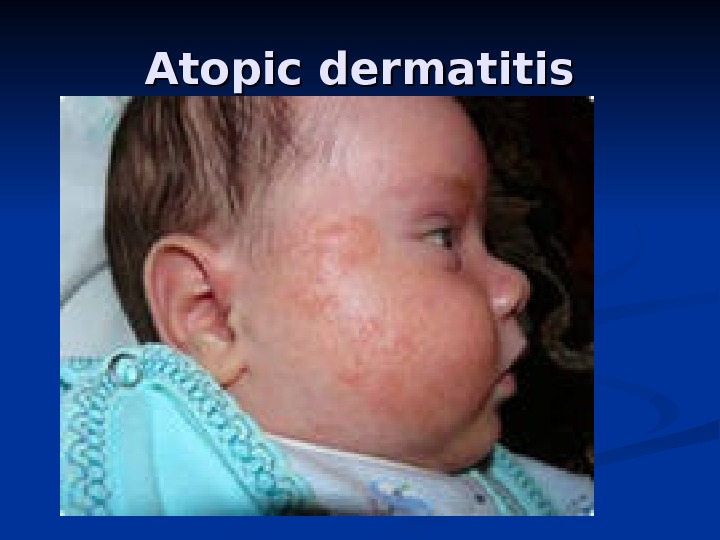
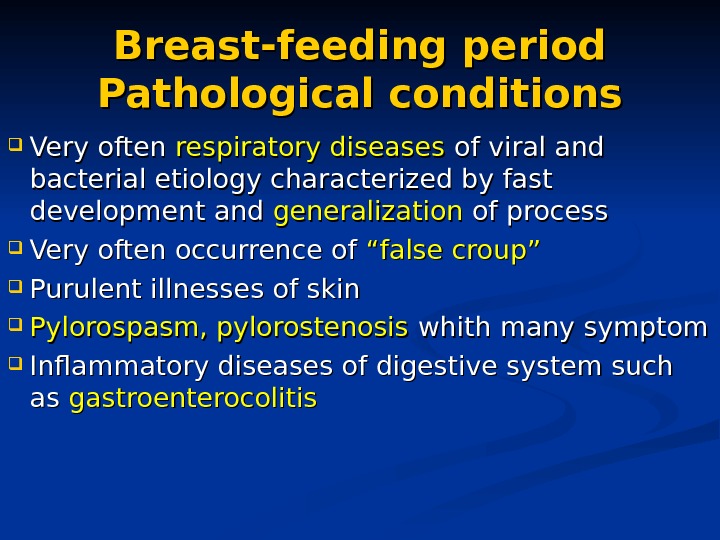
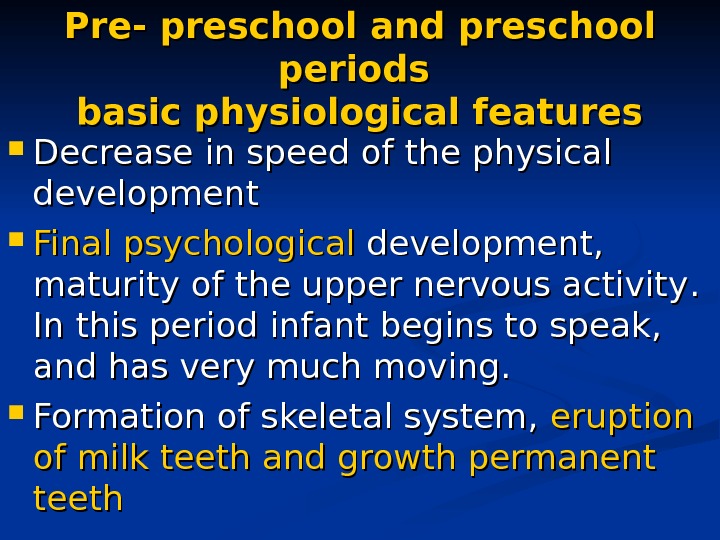
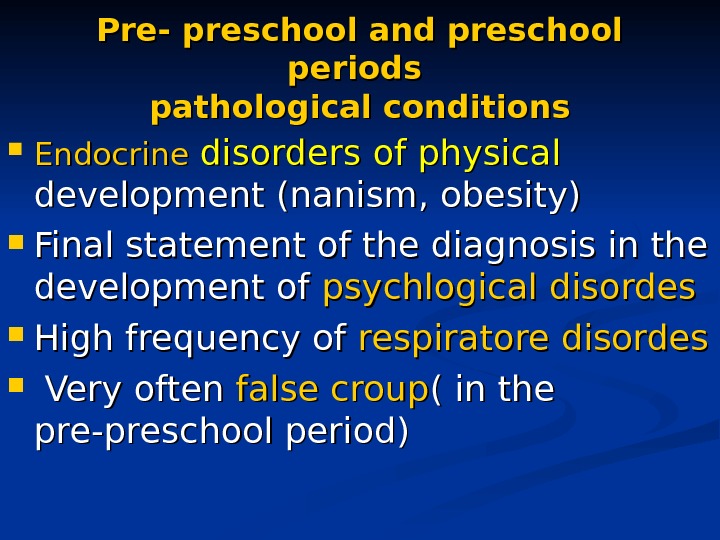
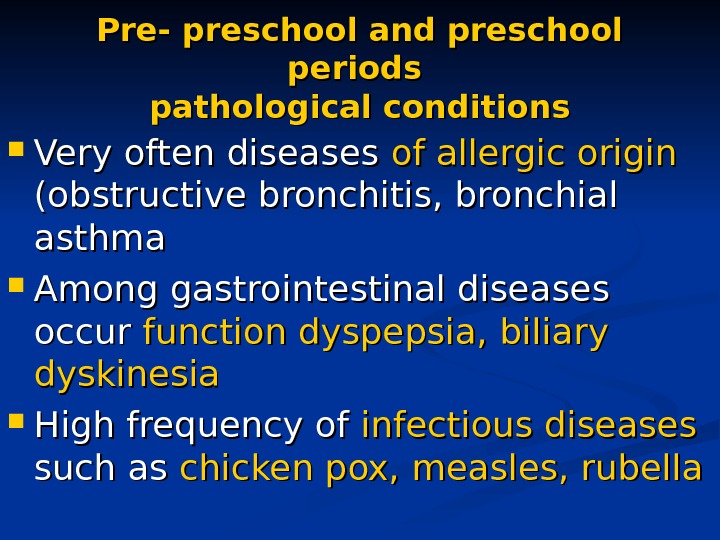
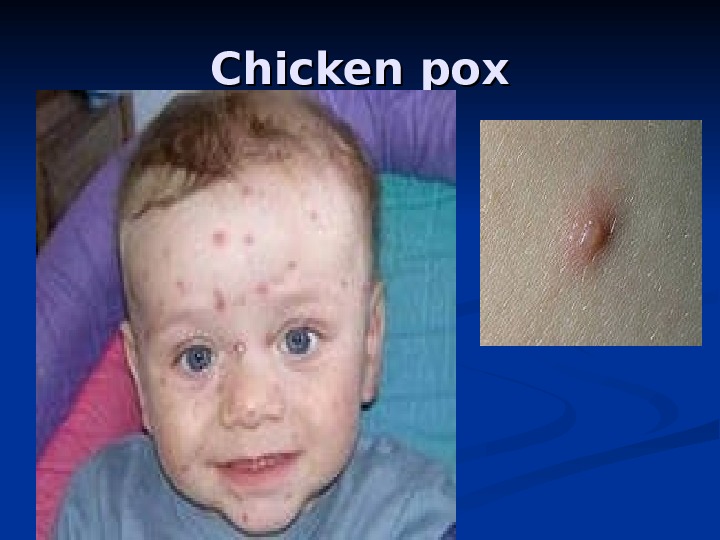
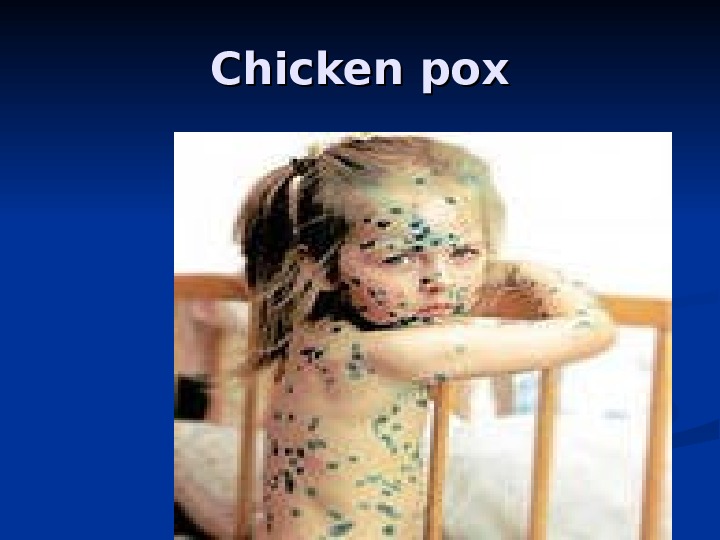
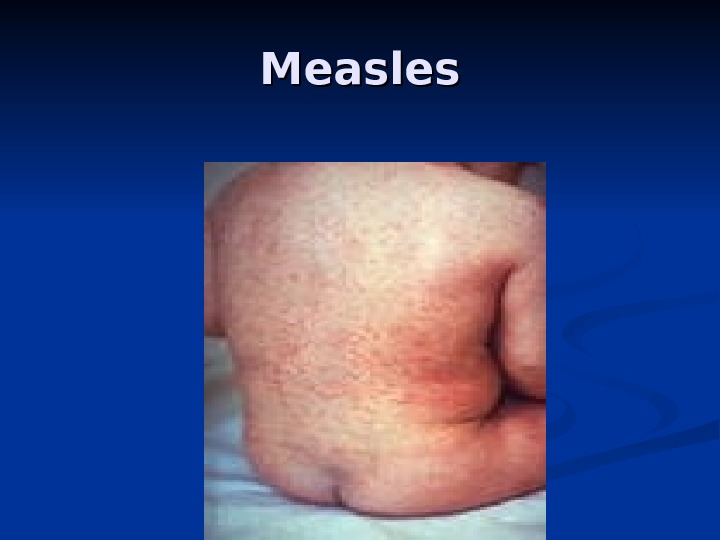
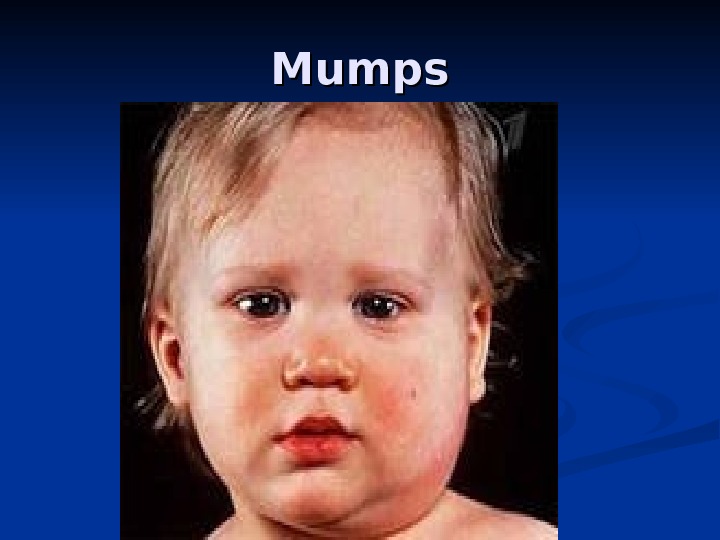
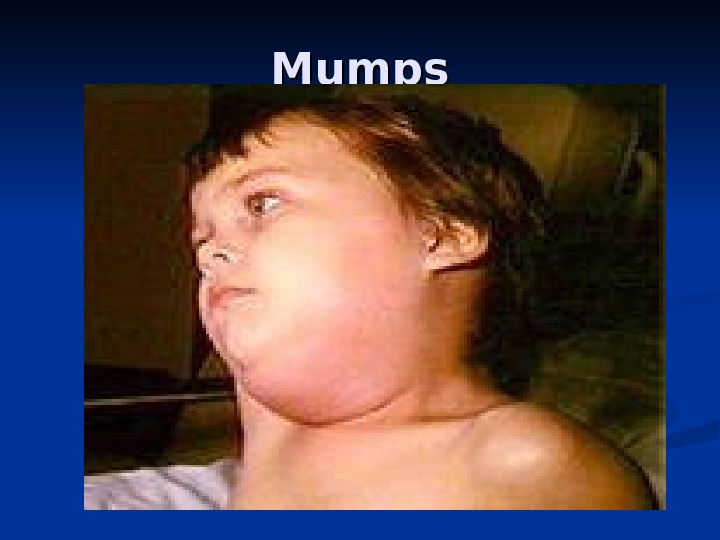
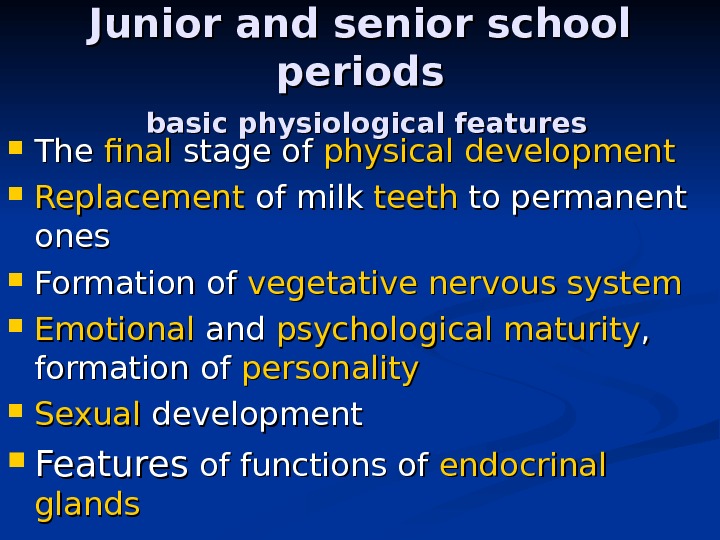

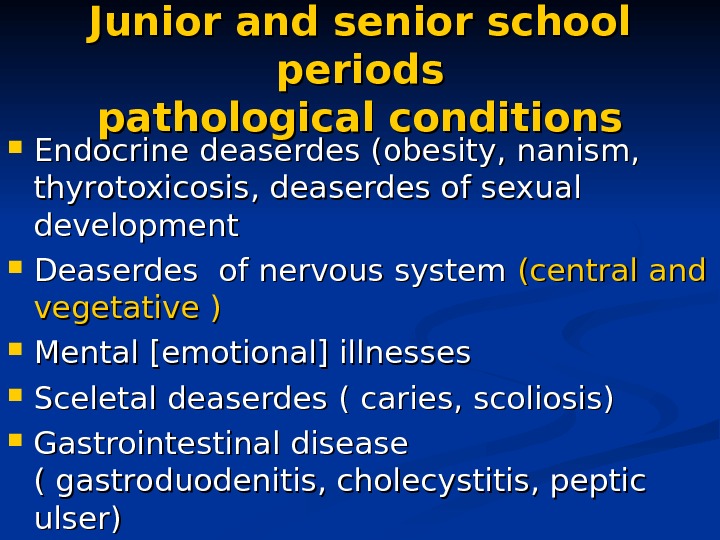
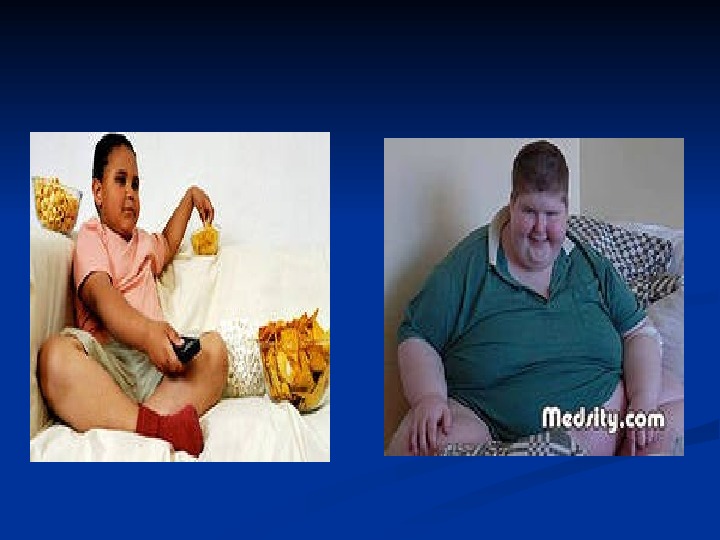
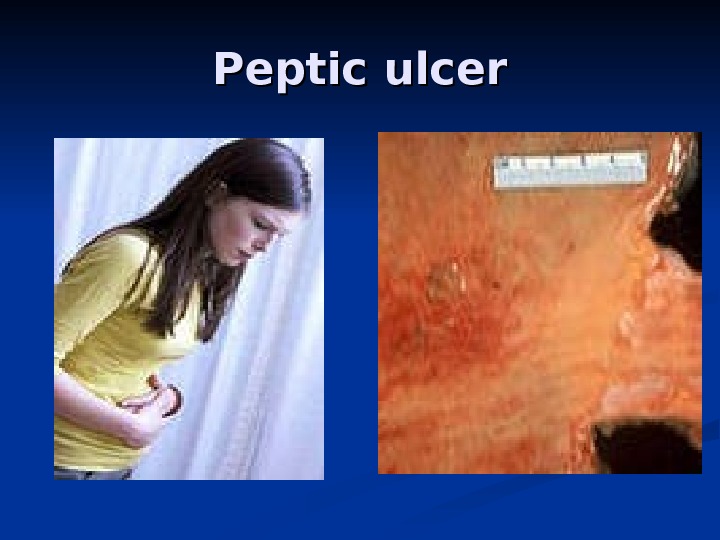
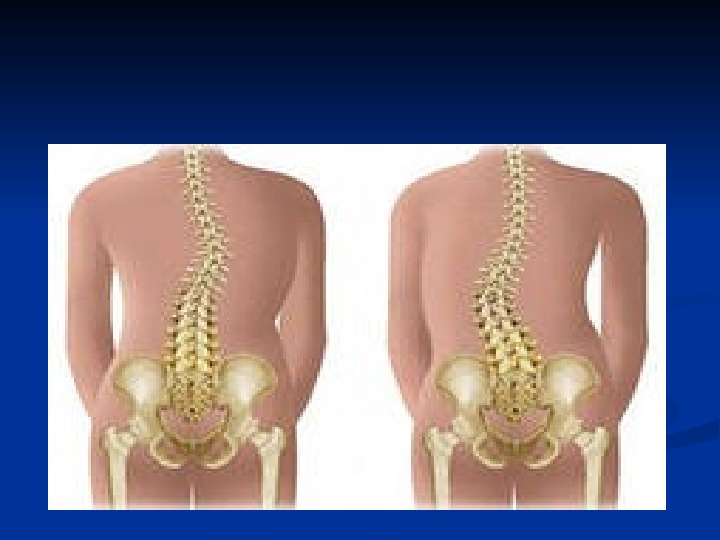
- Размер: 1.6 Mегабайта
- Количество слайдов: 60
Описание презентации Презентация period по слайдам
 Periods of the children’s life
Periods of the children’s life
 Pediatrics studies The laws of a child’s development Rules of child’s feeding Etiology and pathogenesis of children’s diseases Ways of their diagnostic, treatment and prophylaxis
Pediatrics studies The laws of a child’s development Rules of child’s feeding Etiology and pathogenesis of children’s diseases Ways of their diagnostic, treatment and prophylaxis
 Proupaedeutics studies The features of growth, development, and formation all systems of child’s organism in different period of life Methods of examination, palpation, percussion, auscultation of internal organs and systems of healthy or sick children Semiotics of lesion of different organs and systems Clinical processing of date obtained after general and additional examination of patients
Proupaedeutics studies The features of growth, development, and formation all systems of child’s organism in different period of life Methods of examination, palpation, percussion, auscultation of internal organs and systems of healthy or sick children Semiotics of lesion of different organs and systems Clinical processing of date obtained after general and additional examination of patients
 Periods of the children’s life Intrauterine period Extra uterine period Breast – feeding (infancy) period Pre-preschool period Preschool period Junior school period Senior school period
Periods of the children’s life Intrauterine period Extra uterine period Breast – feeding (infancy) period Pre-preschool period Preschool period Junior school period Senior school period
 Intrauterine period Continues from fertilization up until birth of child — 270 days (in practice — first day of the last menstrual cycle of the mother- 280 days (40 weeks)) Subdivided into following phases 1)Embryonal growth phases 2)Placental growth phases
Intrauterine period Continues from fertilization up until birth of child — 270 days (in practice — first day of the last menstrual cycle of the mother- 280 days (40 weeks)) Subdivided into following phases 1)Embryonal growth phases 2)Placental growth phases
 Embryonal growth phases is characterized by organogenesis, highest rate of tissue differentiation formation of almost all internal organs of future child This period is critical stage of human development and contains the maximum risk of the developing embryopathies (severe anatomical defects)
Embryonal growth phases is characterized by organogenesis, highest rate of tissue differentiation formation of almost all internal organs of future child This period is critical stage of human development and contains the maximum risk of the developing embryopathies (severe anatomical defects)
 Unfavorable factor Exogenous Endogenous (genetic) Combination of exogenous and endogenous
Unfavorable factor Exogenous Endogenous (genetic) Combination of exogenous and endogenous
 Unfavorable factor during the pregnancy Non adequacy fetal nutrition Acute diseases and reactivation diseases of mother Mother’s heavy physical activity Professional hazards of mother Alcohol intake and smoking habits of parents Bad socio-economic conditions
Unfavorable factor during the pregnancy Non adequacy fetal nutrition Acute diseases and reactivation diseases of mother Mother’s heavy physical activity Professional hazards of mother Alcohol intake and smoking habits of parents Bad socio-economic conditions
 TT eratogenic agents Infection rubella virus, the cytomegaly virus and the toxoplasmosis parasite (toxoplasma gondii). chemical substance ionizing radiation trauma (amniotic bands, which led to an amputation of of upper extremities or lower extremities ))
TT eratogenic agents Infection rubella virus, the cytomegaly virus and the toxoplasmosis parasite (toxoplasma gondii). chemical substance ionizing radiation trauma (amniotic bands, which led to an amputation of of upper extremities or lower extremities ))
 Embryopathies Agenesia: The absence of organ Defect in the structure of thethe organ or part of organ or or anomaly in its development CC left lip CC ongenital heart defect Cephalocele CC ongenital esophageal obstruction
Embryopathies Agenesia: The absence of organ Defect in the structure of thethe organ or part of organ or or anomaly in its development CC left lip CC ongenital heart defect Cephalocele CC ongenital esophageal obstruction
 Agenesis of lung
Agenesis of lung
 Pelvic agenesis
Pelvic agenesis
 Agenesis upper extrimites
Agenesis upper extrimites
 Agenesis lower exrimites
Agenesis lower exrimites
 Cleft palatepalate
Cleft palatepalate
 CC left lip
CC left lip
 Placental growth phases is characterized by maturation of all systems and organs, increase of body length and weight of of fetus, divided into two periods early fetal period – from beginning of the 9 -th week up to the end of 28 -th week Late fetal period – after the 28 -th week until the child’s birth
Placental growth phases is characterized by maturation of all systems and organs, increase of body length and weight of of fetus, divided into two periods early fetal period – from beginning of the 9 -th week up to the end of 28 -th week Late fetal period – after the 28 -th week until the child’s birth
 Early fetal period Is characterized by intensive development of of body and differentiation of fetal organs and systems Unfavorable factors can slow down the development of the organs and tissue differentiation This period are called early fetopathy minor anomalies and physiological defects)
Early fetal period Is characterized by intensive development of of body and differentiation of fetal organs and systems Unfavorable factors can slow down the development of the organs and tissue differentiation This period are called early fetopathy minor anomalies and physiological defects)
 Early fetopathy HH ypoplasia of organs Dysplasia: Abnormal organization of the cells in a tissue (e. g. , osteogenesis imperfecta a hereditary disease, characterised by fragility of the skeleton which results in fractures and deformities Also called: brittle bone syndrome Numerous dysplasias are genetically caused (e. g. , achondroplasia ))
Early fetopathy HH ypoplasia of organs Dysplasia: Abnormal organization of the cells in a tissue (e. g. , osteogenesis imperfecta a hereditary disease, characterised by fragility of the skeleton which results in fractures and deformities Also called: brittle bone syndrome Numerous dysplasias are genetically caused (e. g. , achondroplasia ))
 Late fetopathy II ntrauterine fetal hypotrophy FF etal hypoxia FF ibroelastosis of of myocard DD iabetic fetopathy FF etal alcohol syndrome Infectious fetopathy
Late fetopathy II ntrauterine fetal hypotrophy FF etal hypoxia FF ibroelastosis of of myocard DD iabetic fetopathy FF etal alcohol syndrome Infectious fetopathy
 Late fetal period Pathological factors do not affect the already formed fetal organs, but could cause early deliveries and birth of the pre-mature babies with low body mass – late fetopathies
Late fetal period Pathological factors do not affect the already formed fetal organs, but could cause early deliveries and birth of the pre-mature babies with low body mass – late fetopathies
 Late fetopathy II ntrauterine fetal hypotrophy FF etal hypoxia FF ibroelastosis of of myocard DD iabetic fetopathy FF etal alcohol syndrome Infectious fetopathy
Late fetopathy II ntrauterine fetal hypotrophy FF etal hypoxia FF ibroelastosis of of myocard DD iabetic fetopathy FF etal alcohol syndrome Infectious fetopathy
 A six year-old girl with several skeletal deformities and cutaneous lesions
A six year-old girl with several skeletal deformities and cutaneous lesions
 FF etal alcohol syndrome
FF etal alcohol syndrome
 FF etal alcohol syndrome
FF etal alcohol syndrome
 babies with Down syndrome people funny
babies with Down syndrome people funny

 Congenital geniralization cytomegaly infection
Congenital geniralization cytomegaly infection
 Congenital geniralization cytomegaly infection
Congenital geniralization cytomegaly infection
 A six year-old girl with several skeletal deformities and cutaneous lesions
A six year-old girl with several skeletal deformities and cutaneous lesions
 Intra – natal period Lasts (from the uterine contractions till clamping of the umbilical cord, from 2 -4 hours to 18 -20 hours) Dangers of this period Central and peripheral nervous system trauma Disturbances in umbilical blood supply Respiratory disorders
Intra – natal period Lasts (from the uterine contractions till clamping of the umbilical cord, from 2 -4 hours to 18 -20 hours) Dangers of this period Central and peripheral nervous system trauma Disturbances in umbilical blood supply Respiratory disorders
 Extra uterine period Neonatal period Early – first 7 days Late – 8 – 28 days Breast-feeding period (from 29 day to 1 year of life) Pre-preschool period ( 1 -3 year of life) Preschool period (from the 4 -th till 6 -th year of life) Junior school period ( 6 -10 years – girls, 6 -12 years – boys) Senior school period ( from 12 — th year to 18 — th year of life)
Extra uterine period Neonatal period Early – first 7 days Late – 8 – 28 days Breast-feeding period (from 29 day to 1 year of life) Pre-preschool period ( 1 -3 year of life) Preschool period (from the 4 -th till 6 -th year of life) Junior school period ( 6 -10 years – girls, 6 -12 years – boys) Senior school period ( from 12 — th year to 18 — th year of life)
 Adolescence Prepubescent 10 -12 years girl 12 – 14 years boys Pubescent 12 – 14 years girl 14 -16 years boys Postpubescent 14 – 18 years girl 16 -20 years boys
Adolescence Prepubescent 10 -12 years girl 12 – 14 years boys Pubescent 12 – 14 years girl 14 -16 years boys Postpubescent 14 – 18 years girl 16 -20 years boys
 In practic used Antenatal period (whole period of pregnancy) Perinatal period ( from the 28 -th week of intrauterine development till the 7 -th day of life) Postnatal period (from birth to 18 years of age)
In practic used Antenatal period (whole period of pregnancy) Perinatal period ( from the 28 -th week of intrauterine development till the 7 -th day of life) Postnatal period (from birth to 18 years of age)
 Neonatal period basic physiological features The main characteristic of this period – it is period of adaptationto oututerine conditions of life. The newborn makes first his breath. . The air fills his lungs. The pulmonary circulation begins its action. The hole between right and left atrium became closed. Just the same the duct of Batallo is closing after birth.
Neonatal period basic physiological features The main characteristic of this period – it is period of adaptationto oututerine conditions of life. The newborn makes first his breath. . The air fills his lungs. The pulmonary circulation begins its action. The hole between right and left atrium became closed. Just the same the duct of Batallo is closing after birth.
 Neonatal period basic physiological features Beginning of alimentary feeding Immaturity of digestive tract, spreading of microflora in intestines, feature of stool Features of 1 -ststage of nervo –psychlogical development( tt he newborn period is characterized by some automatic or unconditioned reflexe )). . Changes in energy exchanges Physiological features of blood component Urine components and frequency of its evacuation Features of thermo-regulation
Neonatal period basic physiological features Beginning of alimentary feeding Immaturity of digestive tract, spreading of microflora in intestines, feature of stool Features of 1 -ststage of nervo –psychlogical development( tt he newborn period is characterized by some automatic or unconditioned reflexe )). . Changes in energy exchanges Physiological features of blood component Urine components and frequency of its evacuation Features of thermo-regulation
 What pathology is characteristic for newborn period? The first of all it is intrauterine infections. Such as citomegalovires, hepatitis B, viruses rubella, measles, virus flu, toxoplasmosis and some others The second. It is delivery trauma , especially dangerous is intracranial delivery trauma , , hypoxemia And the third – anomalies or vices of development are another kind of pathology in newborn period. It may be congenital anomalies of heart, kidneys, lungs and so on.
What pathology is characteristic for newborn period? The first of all it is intrauterine infections. Such as citomegalovires, hepatitis B, viruses rubella, measles, virus flu, toxoplasmosis and some others The second. It is delivery trauma , especially dangerous is intracranial delivery trauma , , hypoxemia And the third – anomalies or vices of development are another kind of pathology in newborn period. It may be congenital anomalies of heart, kidneys, lungs and so on.
 Neonatal period Attributes of pathological conditions All kinds of fetopathies Non-compatibility of maternal and fetal blood Immaturity and preterm child Congenital hypotrophy Hereditary diseases ( Down’s syndrome, phenylketonuria Manifestation of pylorospasm, pylorostenosis
Neonatal period Attributes of pathological conditions All kinds of fetopathies Non-compatibility of maternal and fetal blood Immaturity and preterm child Congenital hypotrophy Hereditary diseases ( Down’s syndrome, phenylketonuria Manifestation of pylorospasm, pylorostenosis
 Breast-feeding period In this period a child grows as fast as he never does later He doubles his weight in six month of age and trebles to an end of first year of age He He increased hishis length of body on 25 25 cc mm Formation of skeletal system, eruption of milk teeth
Breast-feeding period In this period a child grows as fast as he never does later He doubles his weight in six month of age and trebles to an end of first year of age He He increased hishis length of body on 25 25 cc mm Formation of skeletal system, eruption of milk teeth
 Breast-feeding period basic physiological features Obliteration of the closed channels of blood circulation, heart rate, changes in BPBP Features of gastrointestinal tract, dependence of the type feeding Physiological features of blood components Loss of passive immunity
Breast-feeding period basic physiological features Obliteration of the closed channels of blood circulation, heart rate, changes in BPBP Features of gastrointestinal tract, dependence of the type feeding Physiological features of blood components Loss of passive immunity
 Brest-feeding period Pathological conditions Disorders of physical development (hypotrophy, hypostature, paratrophy) Disease of the nervous system such as encephalopathy, hydrocephaly, cerebral palsy Appearance of symptom of congenital and hereditary diseases Rickets Atopic dermatitis
Brest-feeding period Pathological conditions Disorders of physical development (hypotrophy, hypostature, paratrophy) Disease of the nervous system such as encephalopathy, hydrocephaly, cerebral palsy Appearance of symptom of congenital and hereditary diseases Rickets Atopic dermatitis
 Paratrophy
Paratrophy
 Hypotrophy
Hypotrophy
 Rickets
Rickets
 Atopic dermatitis
Atopic dermatitis
 Breast-feeding period Pathological conditions Very often respiratory diseases of viral and bacterial etiology characterized by fast development and generalization of process Very often occurrence of ““ false croup ” ” PP urulent illnesses of skin Pylorospasm, pylorostenosis whith many symptom Inflammatory diseases of digestive system such as as gastroenterocolitis
Breast-feeding period Pathological conditions Very often respiratory diseases of viral and bacterial etiology characterized by fast development and generalization of process Very often occurrence of ““ false croup ” ” PP urulent illnesses of skin Pylorospasm, pylorostenosis whith many symptom Inflammatory diseases of digestive system such as as gastroenterocolitis
 Pre- preschool and preschool periods basic physiological features Decrease in speed of the physical development Final psychological development, maturity of the upper nervous activity. . In this period infant begins to speak, and has very much moving. Formation of skeletal system, eruption of milk teeth and growth permanent teeth
Pre- preschool and preschool periods basic physiological features Decrease in speed of the physical development Final psychological development, maturity of the upper nervous activity. . In this period infant begins to speak, and has very much moving. Formation of skeletal system, eruption of milk teeth and growth permanent teeth
 Pre- preschool and preschool periods pathological conditions Endocrine disorders of physical development (nanism, obesity) Final statement of the diagnosis in the development of psychlogical disordes High frequency of respiratore disordes Very often false croup ( in the pre-preschool period)
Pre- preschool and preschool periods pathological conditions Endocrine disorders of physical development (nanism, obesity) Final statement of the diagnosis in the development of psychlogical disordes High frequency of respiratore disordes Very often false croup ( in the pre-preschool period)
 Pre- preschool and preschool periods pathological conditions Very often diseases of allergic origin (obstructive bronchitis, bronchial asthma Among gastrointestinal diseases occur function dyspepsia, biliary dyskinesia High frequency of infectious diseases such as chicken pox, measles, rubella
Pre- preschool and preschool periods pathological conditions Very often diseases of allergic origin (obstructive bronchitis, bronchial asthma Among gastrointestinal diseases occur function dyspepsia, biliary dyskinesia High frequency of infectious diseases such as chicken pox, measles, rubella
 Chicken pox
Chicken pox
 Chicken pox
Chicken pox
 MM easles
MM easles
 MM umps
MM umps
 MM umps
MM umps
 Junior and senior school periods basic physiological features The final stage of physical development Replacement of milk teeth to permanent ones Formation of vegetative nervous system Emotional and psychological maturity , , formation of personality Sexual development Features of functions of endocrinal glands
Junior and senior school periods basic physiological features The final stage of physical development Replacement of milk teeth to permanent ones Formation of vegetative nervous system Emotional and psychological maturity , , formation of personality Sexual development Features of functions of endocrinal glands
 Adolescence Prepubescent 10 -12 years girl 12 – 14 years boys Pubescent 12 – 14 years girl 14 -16 years boys Postpubescent 14 – 18 years girl 16 -20 years boys
Adolescence Prepubescent 10 -12 years girl 12 – 14 years boys Pubescent 12 – 14 years girl 14 -16 years boys Postpubescent 14 – 18 years girl 16 -20 years boys
 Junior and senior school periods pathological conditions Endocrine deaserdes ( obesity , nanism, thyrotoxicosis , deaserdes of sexual development Deaserdes of nervous system (central and vegetative ) Mental [emotional] illnesses Sceletal deaserdes ( caries, scoliosis) Gastrointestinal disease ( gastroduodenitis, cholecystitis, peptic ulser)
Junior and senior school periods pathological conditions Endocrine deaserdes ( obesity , nanism, thyrotoxicosis , deaserdes of sexual development Deaserdes of nervous system (central and vegetative ) Mental [emotional] illnesses Sceletal deaserdes ( caries, scoliosis) Gastrointestinal disease ( gastroduodenitis, cholecystitis, peptic ulser)

 Peptic ulcer
Peptic ulcer


